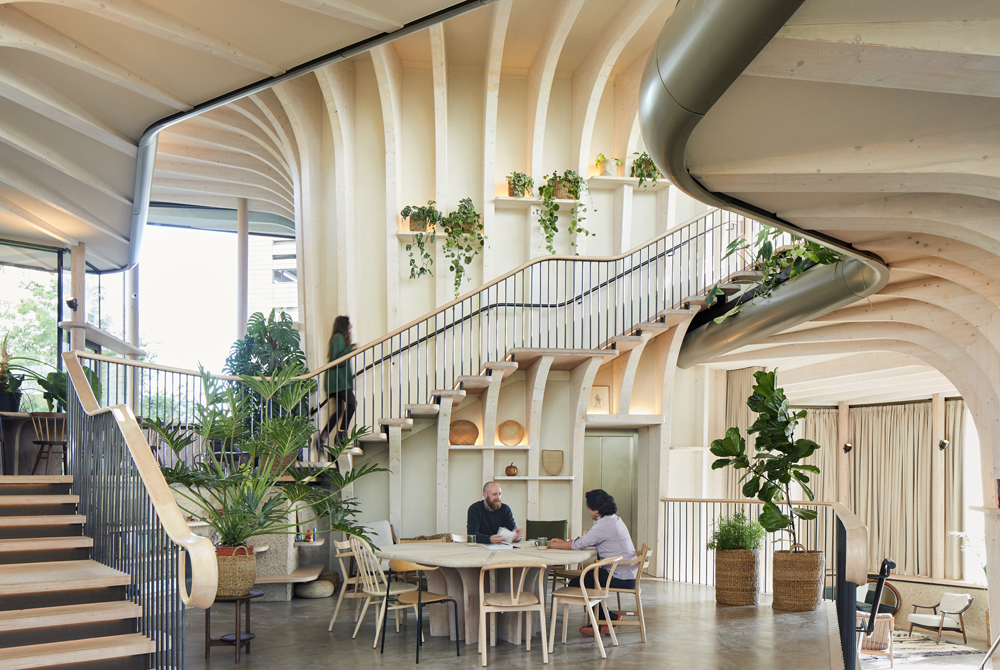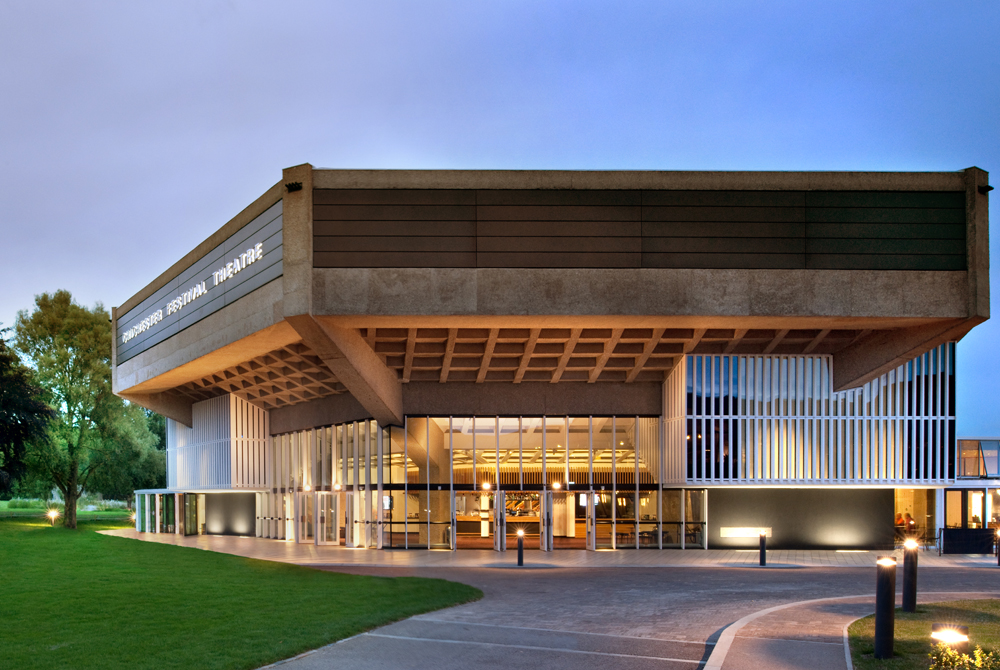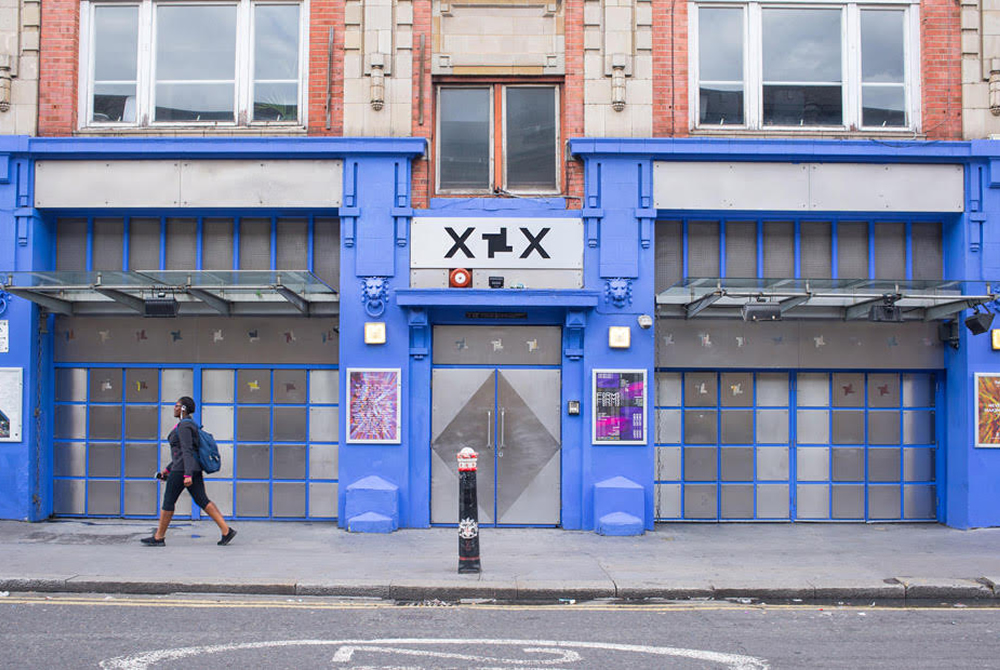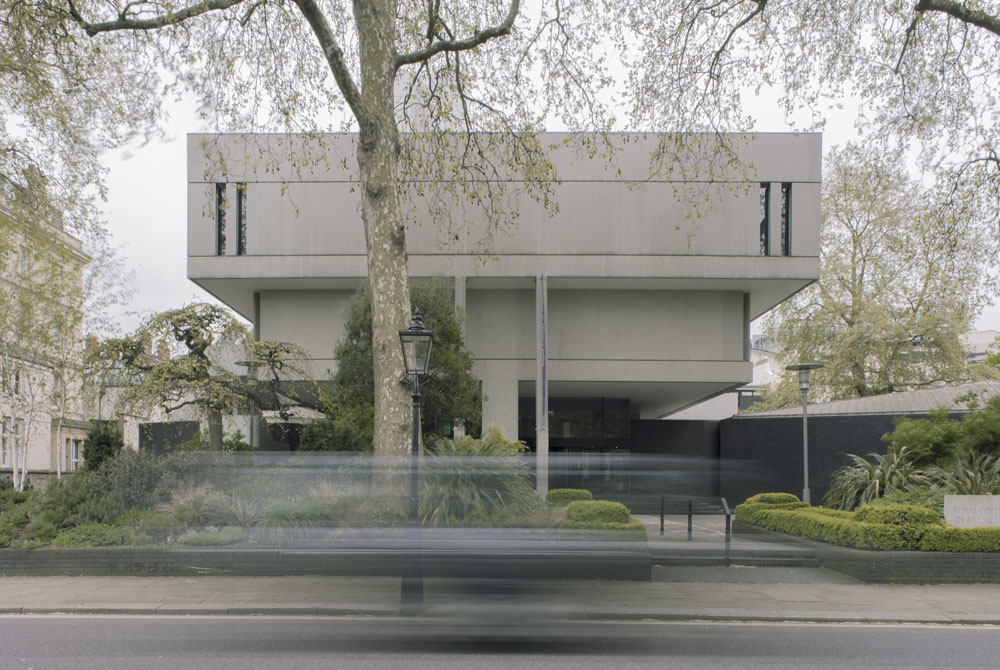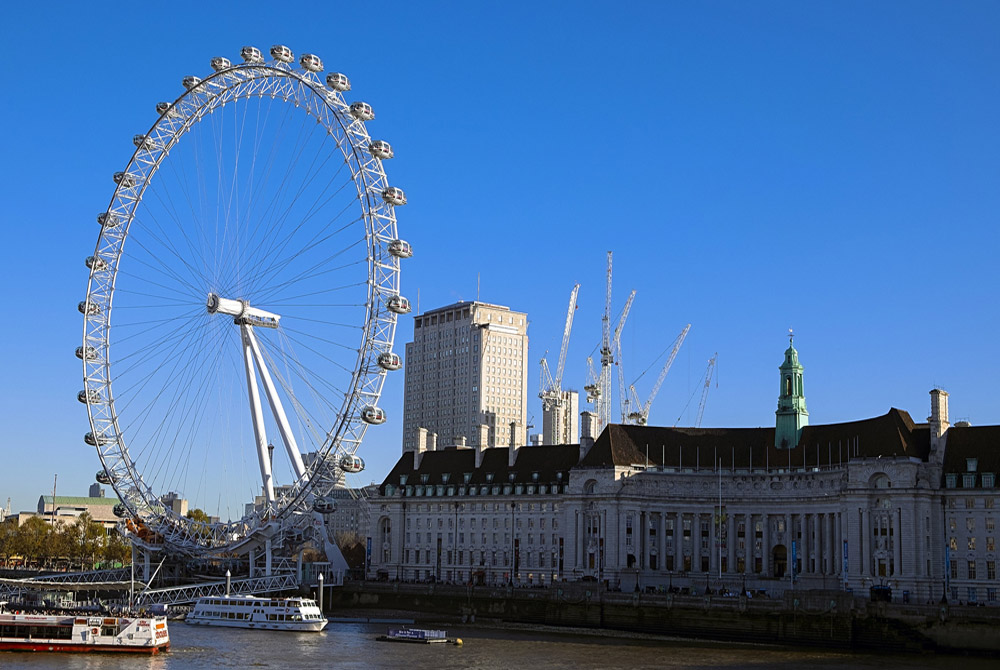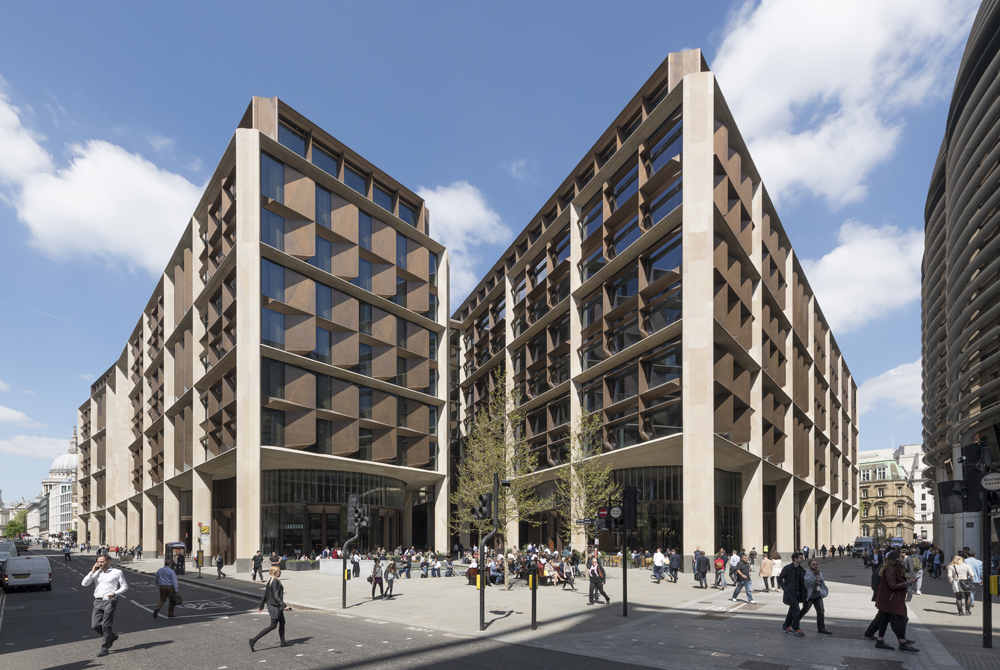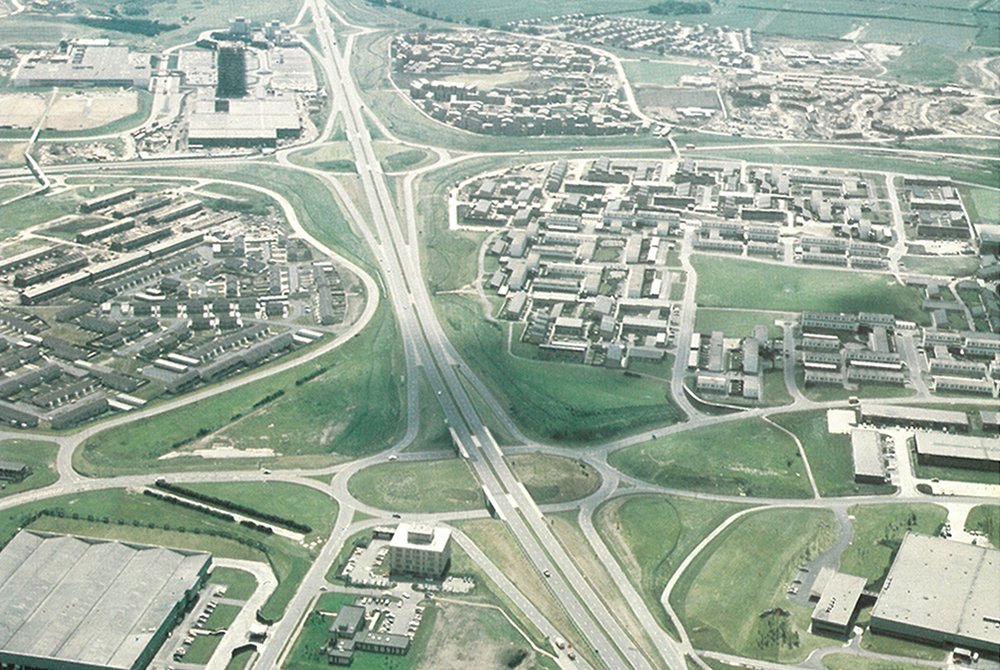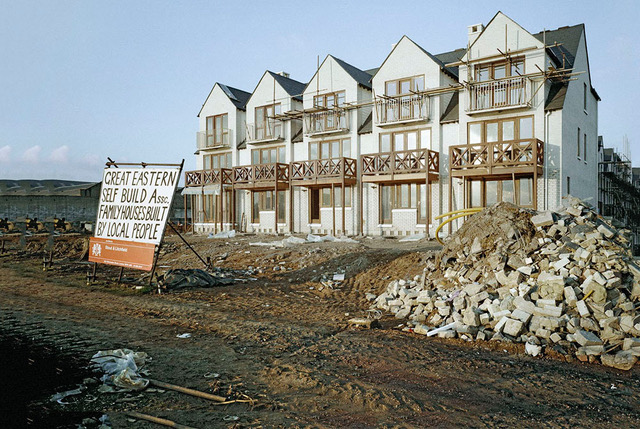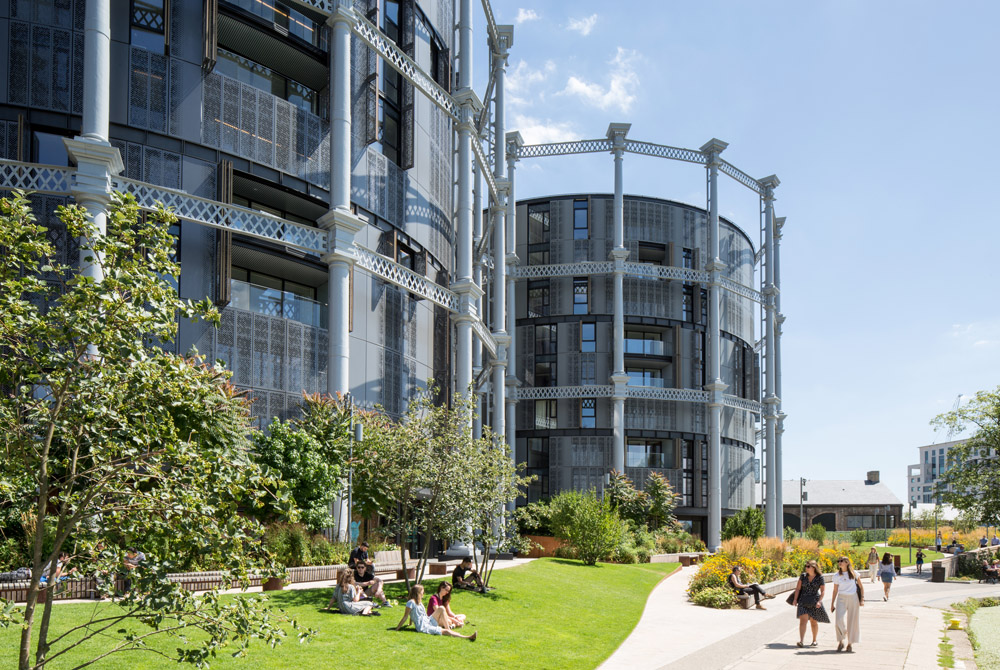...Thomas has given London, indeed Britain and the world, glorious buildings, magical spaces that capture his amazing abilities to build spaces that celebrate our world...
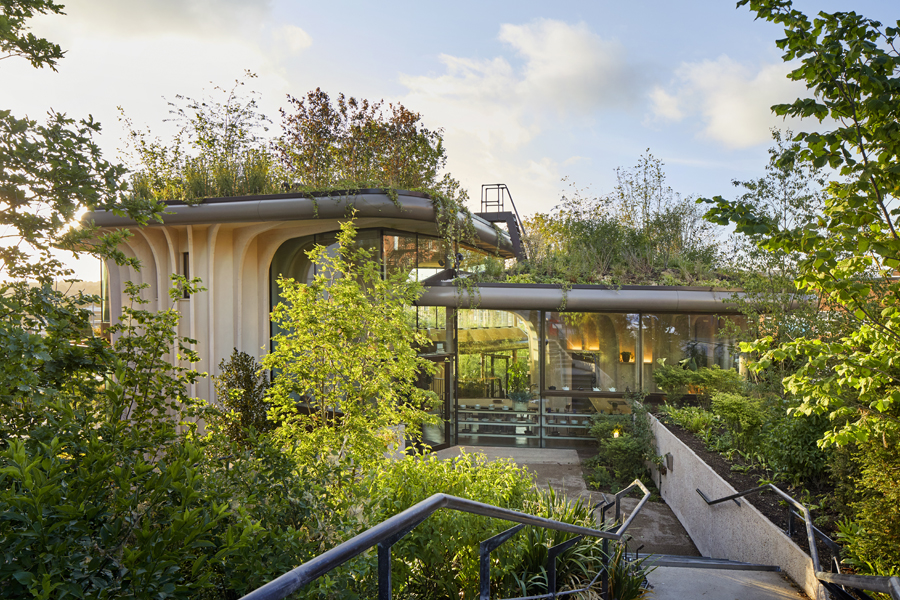 © Hufton+Crow for Heatherwick Studio
© Hufton+Crow for Heatherwick Studio
I got to know Thomas Heatherwick just after the death of Diana, Princess of Wales and we talked about Thomas creating a garden bridge across the Thames to be a wonderful memorial for her life. Though that memorial did not come to pass, this amazing idea did not go away and years later the garden bridge idea, no longer a memorial, but a fantastic gift to London, indeed the world, was proposed, but it was not to be. However Thomas has given London, indeed Britain and the world, glorious buildings, magical spaces that capture his amazing abilities to build spaces that celebrate our world, from buildings to gardens, even a new Routemaster bus.
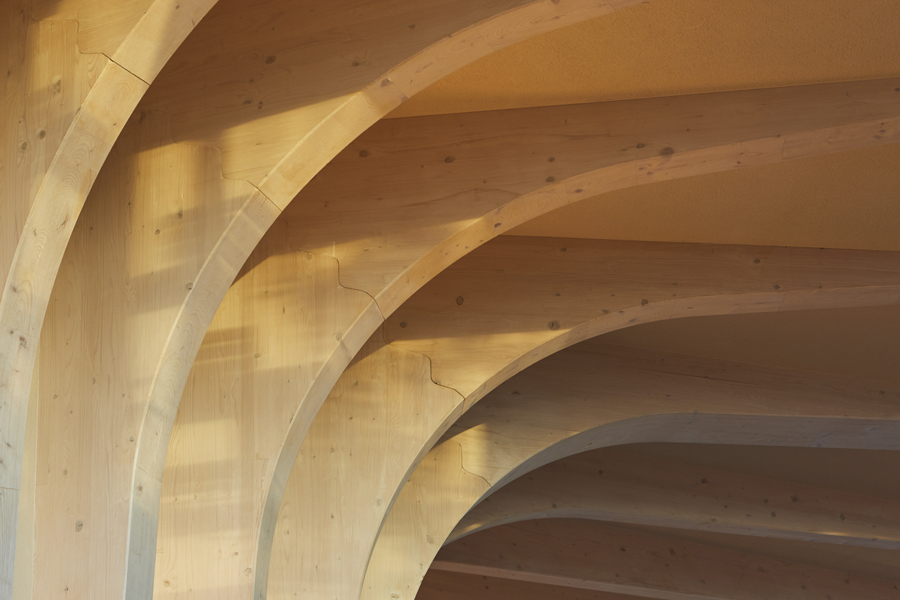 © Hufton+Crow for Heatherwick Studio
© Hufton+Crow for Heatherwick Studio
To choose between his British work is so difficult , the Coal Drops Yard in Kings Cross, the Bombay Sapphire Distillery in Whitchurch, Google’s new offices also in King’s Cross. But the Maggie’s Centre in Leeds that Thomas has built, for people with cancer, stands out as something very special.
Maggie’s Centre, Leeds, is sited within the campus of St James’s University in Leeds. Apparently it’s the first time Heatherwick’s had been involved in a healthcare project, and it’s a triumph.
 © Hufton+Crow for Heatherwick Studio
© Hufton+Crow for Heatherwick Studio
Designed as a group of three planters, each with a counselling room, it’s built on a sloped site and has a magical rooftop garden. Inspired by Yorkshire woodland and featuring native English plants and evergreens, the garden references Maggie Keswick Jencks love of gardening. Maggie’s Centres were created by Maggie and her brilliant husband, Charles Jencks who both loved gardening, and the idea is that visitors will feel encouraged to participate in the care of all the bulbs and plants on the site.
 © Hufton+Crow for Heatherwick Studio
© Hufton+Crow for Heatherwick Studio
“Our aim was to build a home for people affected by cancer that would be soulful and welcoming, unlike other typical clinical environments,” said Thomas Heatherwick. “By only using natural, sustainable materials and immersing the building in thousands of plants, there was a chance for us to make an extraordinary environment capable of inspiring visitors with hope and perseverance during their difficult health journeys.”
The interior of the centre explores everything that’s often missed in healing environments: natural and tactile materials, soft lighting, and a variety of spaces designed to encourage social opportunities as well as quiet contemplation. I love the fact that window sills and shelves are intended for visitors to fill with their own objects to create a sense of home. And of course at the heart of the Centre is the kitchen, and more social spaces for group activities.
I can’t think of a more fitting way to acknowledge the work of Thomas Heatherwick than seeing what he and his team have created here.
